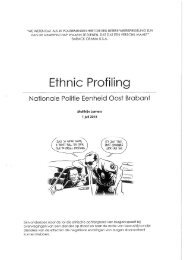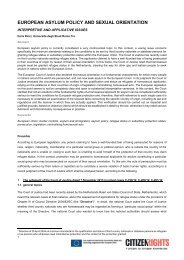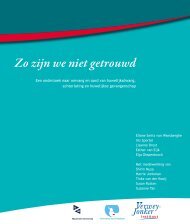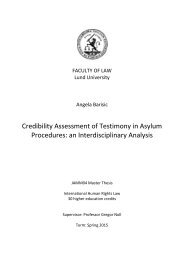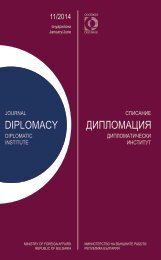AEMI
AEMI-2016-web
AEMI-2016-web
You also want an ePaper? Increase the reach of your titles
YUMPU automatically turns print PDFs into web optimized ePapers that Google loves.
From the Editor<br />
I am pleased to finally present to you this double issue of the <strong>AEMI</strong> Journal, based<br />
on a selection of papers presented at the Annual <strong>AEMI</strong> Meeting and International<br />
Conference in Riga in 2014 and Turin in 2015. The Riga conference was dedicated<br />
to the theme of Migration and Refugees – Then and Now, while the theme of the<br />
Turin conference focused on Migrations in Europe in the Third Millenium.<br />
In the opening article Some Terminological Dilemmas in Migration Studies<br />
Janja Zitnik Serafin discusses the problematic use of the terms ‘autochthonous’,<br />
‘host society/host country’, and ‘tolerance’ and argues that is necessary to constantly<br />
revise the terminology used in migration studies. The purpose of her article is to<br />
show how words create perception, and how our understanding of certain established<br />
terms can depend on our personal experience, local circumstances and cultural<br />
background. We should therefore develop a high level of sensitivity to the<br />
different meanings of a particular term and also develop our intercultural awareness<br />
to get a deeper understanding of our own culture and a greater openness to the production<br />
of foreign cultures.<br />
Maria Beatriz Rocha-Trindade´s article Portugal - Refuge and Refugees: Movements<br />
and Personalities reveals the mobility of the Portuguese people from the early 1800s<br />
till the present, and how Portugal has served as a space of shelter and a bridge of passage<br />
for thousands of people from all walks of life and various nationalities: nobility,<br />
famous writers, intellectuals as well as people fleeing war.<br />
In Forbidden Heaven to Basque Refugee Children, Susana Sabín-Fernández paints<br />
a grim picture of the Spanish Civil War and the dramatic evacuation of 32,000<br />
children after the bombing of the Basque towns of Durango and Guernica. She<br />
thoroughly examines the key persons involved in the evacuation, and explains why<br />
many countries hosted the Basque children, while the USA decided not to do so.<br />
Maria Jarlsdotter Enckell has taken on the huge task trying to indentify each one of<br />
the entire non-Russian north European labour-force, recruited from 1798 to 1867<br />
to fill the Russian American Company’s needs at Novo Archangelsk/ Sitka, on Baranof<br />
Island, and around the North Pacific Rim: e.g. governors, naval officers, office<br />
employees, and sea captains with their ship crews down to cabin boys. In her article<br />
1798-1867: Russian America and its Latvians. In Search of Their Invisibles: the Personal<br />
and Household Servants she particularly focuses on the personal and household<br />
servants, also referred to as the invisibles.




